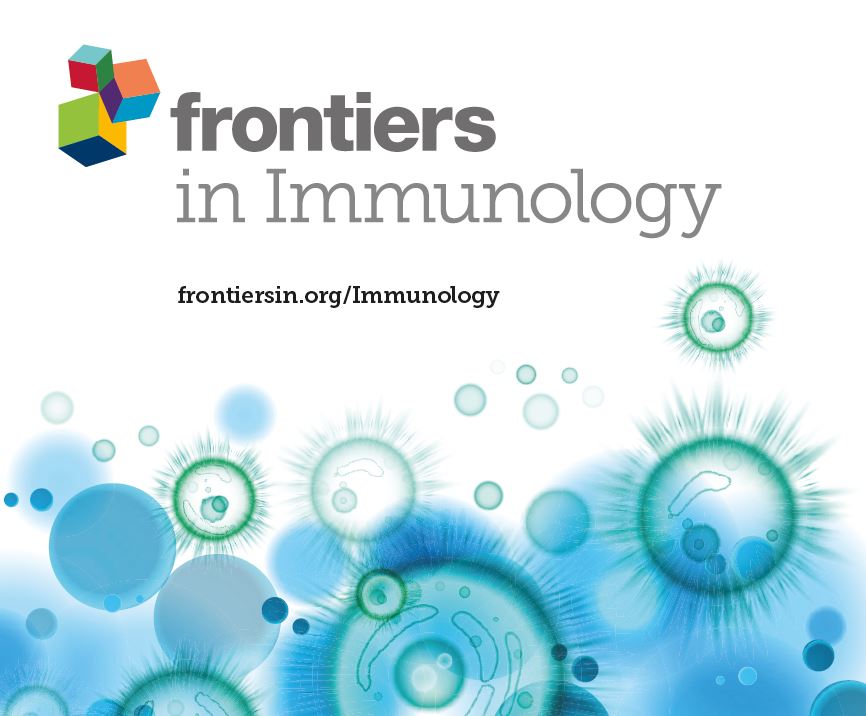炎症小体在结核分枝杆菌感染中作为炎症中枢的作用
IF 5.7
2区 医学
Q1 IMMUNOLOGY
引用次数: 0
摘要
结核分枝杆菌(Mtb)感染是一个全球性的健康问题,其特点是形成带有坏死中心的肉芽肿和全身炎症反应。炎症体在宿主对 Mtb 的免疫反应中起着至关重要的作用。这些细胞内的多蛋白复合物是针对病原体相关分子模式(PAMPs)或危险相关分子模式(DAMPs)组装而成的。炎症小体平台激活 Caspases,导致促炎症细胞因子白细胞介素(IL)-1 和 18 成熟,并裂解 gasdermin D(GSDMD),GSDMD 是一种孔形成蛋白,负责细胞因子的释放和细胞猝死。最近的体外和体内研究结果突显了炎性体信号转导和随后的坏死细胞死亡在Mtb感染的先天性免疫细胞中的重要性。然而,我们才刚刚开始了解炎性体是如何导致疾病或对结核病(TB)产生保护性免疫反应的。从分子角度详细了解与炎性体相关的病理机制可能有助于开发新型宿主导向疗法或具有更高活性的疫苗。在这篇微型综述中,我们将讨论炎症小体激活的调控和分子方面以及对 Mtb 发病机制的相关免疫学后果。本文章由计算机程序翻译,如有差异,请以英文原文为准。
The role of inflammasomes as central inflammatory hubs in Mycobacterium tuberculosis infection
求助全文
通过发布文献求助,成功后即可免费获取论文全文。
去求助
来源期刊

Frontiers in Immunology
IMMUNOLOGY-
CiteScore
9.80
自引率
11.00%
发文量
7153
审稿时长
14 weeks
期刊介绍:
Frontiers in Immunology is a leading journal in its field, publishing rigorously peer-reviewed research across basic, translational and clinical immunology. This multidisciplinary open-access journal is at the forefront of disseminating and communicating scientific knowledge and impactful discoveries to researchers, academics, clinicians and the public worldwide.
Frontiers in Immunology is the official Journal of the International Union of Immunological Societies (IUIS). Encompassing the entire field of Immunology, this journal welcomes papers that investigate basic mechanisms of immune system development and function, with a particular emphasis given to the description of the clinical and immunological phenotype of human immune disorders, and on the definition of their molecular basis.
 求助内容:
求助内容: 应助结果提醒方式:
应助结果提醒方式:


